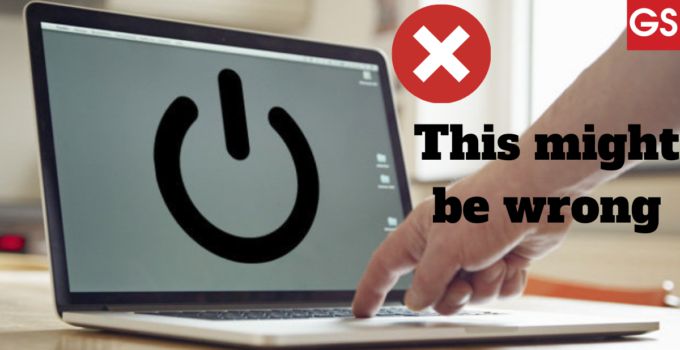Turning something off is usually pretty simple rotate the key flick the switch or burp the garlic pizza you just ate directly into the face of your date. Just kidding :).
But for some reason turning off your computer is this complicated ordeal. I mean arguably it isn’t tricky to click start then shut down or tap the button on your chassis but instead of turning off instantly.
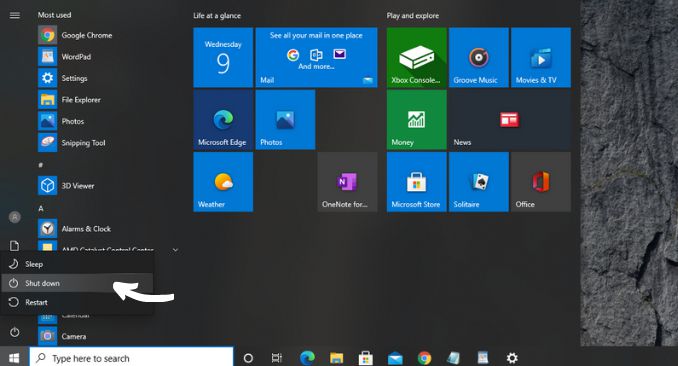
Your PC always goes through some kind of rigmarole that can last for minutes before it finally powers down.
Well hold on a minute bro, why can’t I just hold the button for five seconds or flip the switch at the back to force an instant shutdown
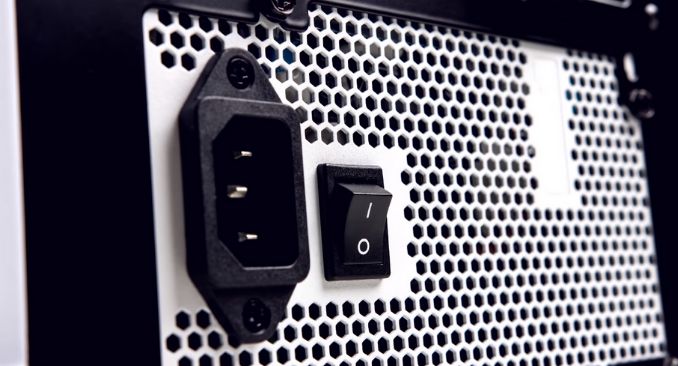
Well, it turns out that there is a method to the madness you see when you click that shutdown button your computer goes through a series of steps that are primarily designed to protect your data.
Killing the power abruptly while you have unsaved work on your screen means that that work is probably lost for good and even though some modern programs have autosave features they are far from perfect.
So one of the delays you might encounter is the PC prompting you to save anything that you might have open like a Word document or an image that you’re editing, but there are also less evident things going on in the background.
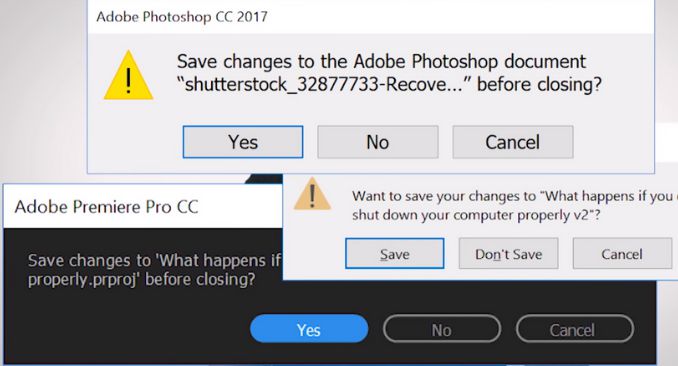
Your operating system sends signals to running programs and services that it’s time to power down, so it tells these programs to wrap up whatever it is they’re doing kind of like a parent trying to get their hyperactive kids to lie down for the evening.
This is important because these programs and services may be in the middle of writing data to your disk and this could be anything from a program update to a file download to a registry key being modified.
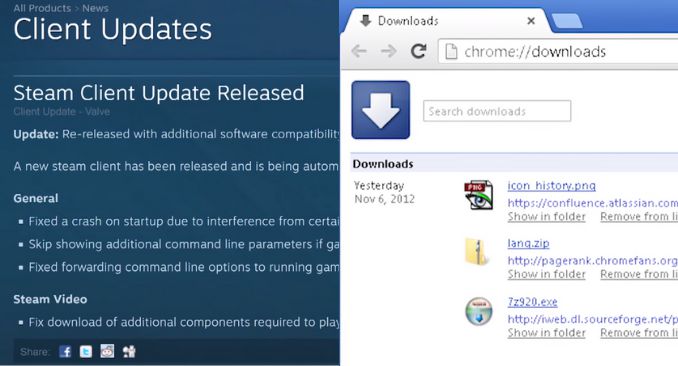
So there’s a common theme here then you the very real risk of data corruption if you just power off your computer without warning it’s a little bit like yanking a cake out of the oven before checking if it’s done.
Just like that cake might not be anything that you’d want to eat the half-written data might not be anything that your computer can actually use.
And because of the way that some computer drives and file systems work, you might not only corrupt whatever data was being written at the time of power down.
You might also damage other files that are in a cache or a nearby physical location on your device.
Fortunately, the file system used by modern versions of Windows called NTFS has a feature called journaling essentially means that it keeps a log of data changes to reduce the risk of corruption.
However, problems can still occur if you don’t shut your computer off properly hence the disk check messages that you sometimes get when powering your system back on after a power outage or similar.
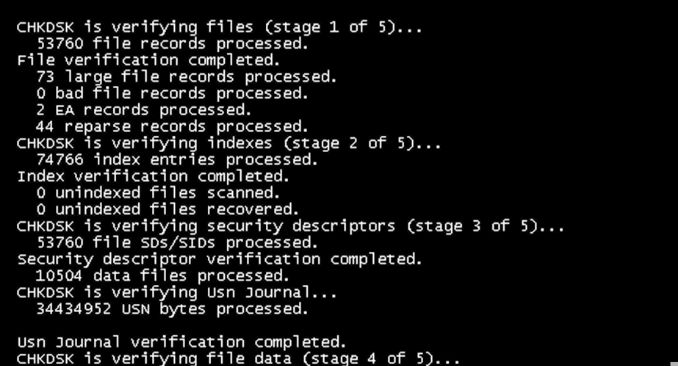
Bringing us to one of the biggest reasons that people force a system reset system updates that seemed to take an eternity when you just need to wrap up some work and go to sleep.

There is a reason that your screen explicitly tells you not to turn off the power during a typical power loss you’re likely to lose a little bit of unsaved work
But turning off your PC during an update can result in problems that will prevent the system from even booting back-ups such as corrupted half-written registry files or system files so
I would even suggest that plugging your computer into a UPS or making sure that you have a fully charged laptop battery during updates isn’t a bad idea
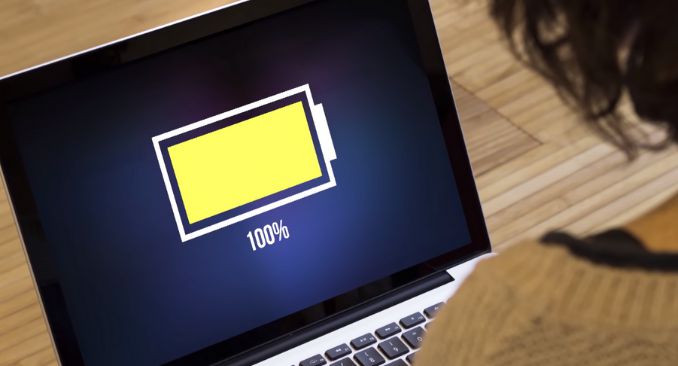
Basically the moral of the story is that unless your computer is hopelessly frozen and you have no choice but to completely kill the power make sure you turn your system off correctly it may take a little more time but trust me:)
It’s a lot easier than having to reinstall windows or try to recover a save game that you’ve dumped 500 hours into

